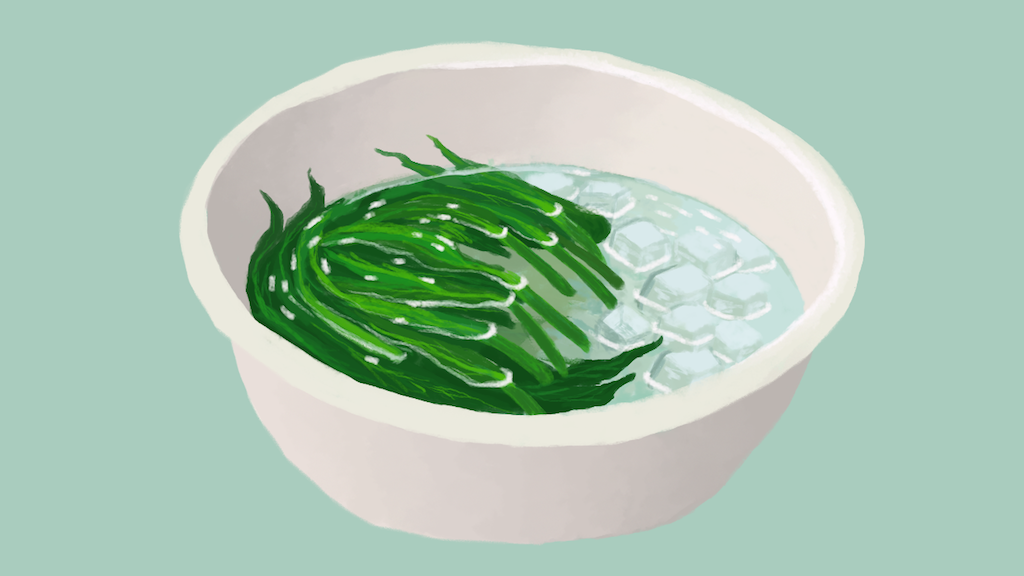If you are a stranger to Filipino cooking methods other than gisa, this guide should come in handy the next time you try to follow a recipe
Growing up in a big family, as a panganay (firstborn), I was exposed early to the workings of the kitchen. I remember sneaking in minutes before we are called to the dining room, curious at how my mother cooks our meals for the day.
When I reached the age of 10, my mother slowly started teaching me how to cook, beginning with how to measure the right amount of water for cooking rice using the finger as a scale. Pretty soon, I graduated from that to cooking actual meals like adobo, sinigang, and tinola, among many other dishes.
It was actually a bit easy to cook some of these dishes, especially because they all begin with the same process regardless of whether it’s sinabawan or sarsyado. All I had to do was sauté the meat in onion and garlic in a process called paggigisa.
It is the vital first step in many Filipino dishes, which is why most local dishes are called “ginisa” or “guisado.” To gisa or in English, sauté, is to basically cook the meat quickly with spices in minimal oil. Usually, what happens is, the onions and garlic are caramelized to bring out its sweetness, which will then be absorbed by the meat, adding flavor to the dish. The process also very lightly cooks the meat on the surface while locking in the flavor from inside.
The spices vary depending on the dish: for adobo, the usual onion and garlic are enough; for tinola, I have to add ginger; when cooking ginisang sardinas or gulay, adding tomatoes is required.
And with that, I thought I could cook every single Filipino dish there is by simply switching up the spices. But boy, I was wrong. Turns out there is more to cooking than gisa.
Now, if like me you are a stranger to other Filipino cooking methods other than gisa, this guide should come in handy next time you try to follow a recipe and encounter an unfamiliar cooking term.

Banli – to blanch. It means to scald in boiling water for a few seconds and then quickly plunging into cold water to stop further cooking. It is often done to enhance the color of vegetables, especially green leafy ones.
Binuro – to ferment/to pickle. This is usually done to preserve fish or vegetables and fruits. It is often done by submerging fresh ingredients to water cured with vinegar and/or salt.
Busa – toasting with a very small amount of oil. The process is linked to cooking peanuts and castañas.
Halabos – this method is specific to shellfish. It means to cook in their own juices and in some cases, like the halabos na hipon, with a carbonated beverage.
Hinurno – baked or roasted inside an oven, as in pig or other meat.
Inasnan – this process is done to preserve the meat by adding salt to meat, fish, or vegetable.
Pangat – it means cooking by boiling in water with tomatoes.
Pesa – common way of cooking fish by boiling sautéed fish with vegetables, ginger, and fish sauce.
Pinais – similar to binalot but with an extra step of steaming while wrapped in banana leaf.
Sangkutsa – meaning to parboil or cook quickly until it is soft but not cooked through.
Sinuam – to boil sautéed seafood in ginger and bay leaves.
Do you know any other unfamiliar ways of cooking Filipino food? Share it with us.

